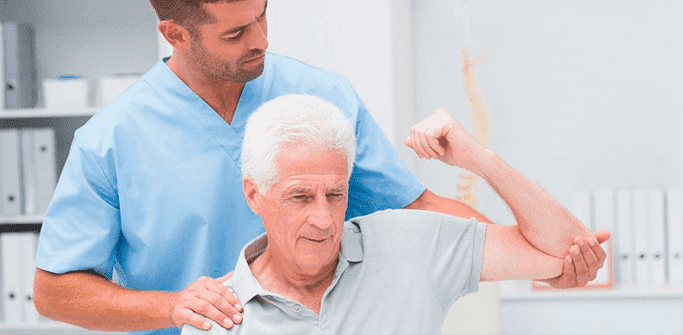August 14, 2023

Rehabilitative therapy is one of the most-often recommended treatments for elderly adults who are recuperating from an illness, surgery, or an injury. Physical exercise is one of the treatments frequently prescribed by physicians for a number of conditions and can help with chronic pain as well. Elderly adults who need to be beneficial it requires determination and time. Caregivers who are helping an elderly adult go through physical therapy will benefit from the tips below.
Each physical therapy visit is important. This is how the therapist tracks the progress that is being made. It may be necessary to the fullest. When an appointment is missed it can reverse the progress that has been made.
Keep a record of the progress being made by your elderly loved one. The record can help their physical therapist so they can adjust any of the exercises as needed. It can also help motivate elderly adults by allowing them to keep their appointments and complete the exercises they are doing at home.
Physical therapists often recommend exercises for your loved one to their regular appointments, their chances of recovering their strength or recuperating from an illness or surgery increases.
Physical therapy is very beneficial for your loved one to do the exercises as well.
Physical therapy can be tiring and demanding. It is not abnormal for elderly adults too bossy or overbearing.
Celebrate each accomplishment with elderly adult loved ones as they go through physical therapy. Just as important as supporting them, celebrating is a good way to let them know you are proud of their hard work and accomplishments.
Dr. Lev Kalika is a world-recognized expert in musculoskeletal medicine. with 20+ years of clinical experience in diagnostic musculoskeletal ultrasonography, rehabilitative sports medicine and conservative orthopedics. In addition to operating his clinical practice in Manhattan, he regularly publishes peer-reviewed research on ultrasound-guided therapies and procedures. He serves as a peer reviewer for Springer Nature.
Dr. Kalika is an esteemed member of multiple professional organizations, including: